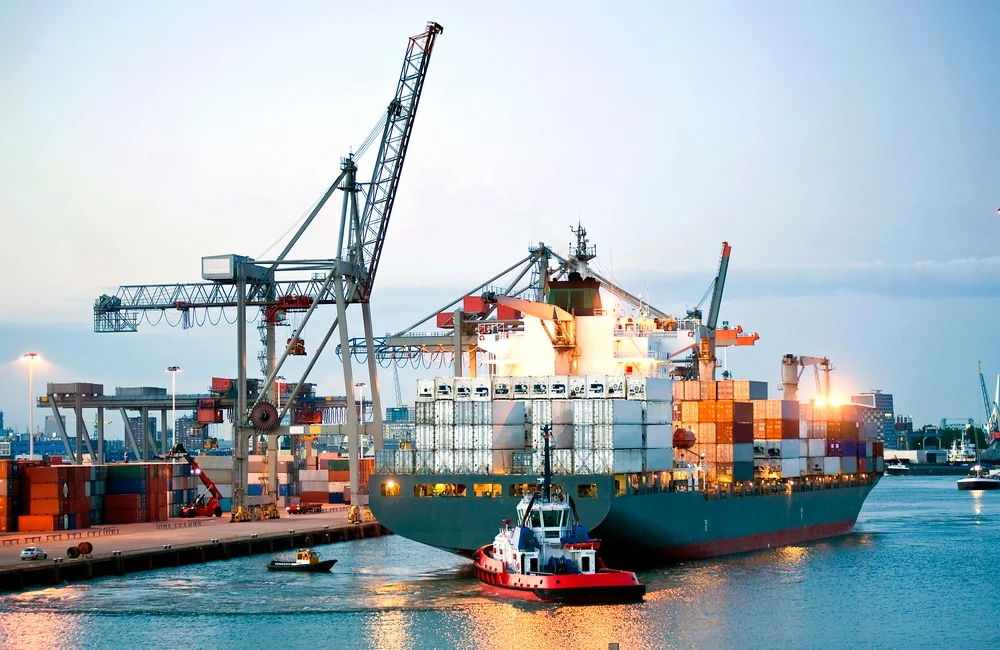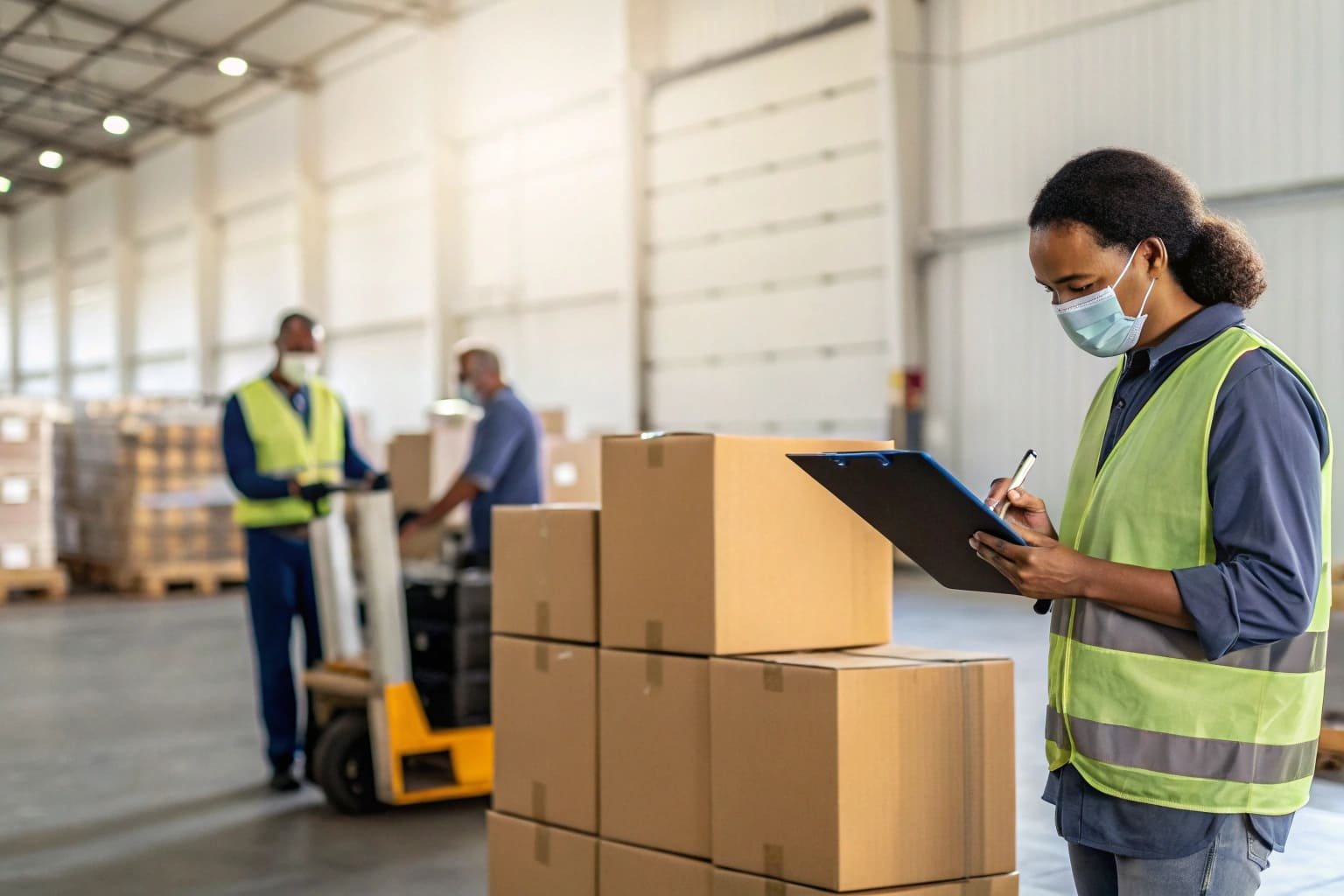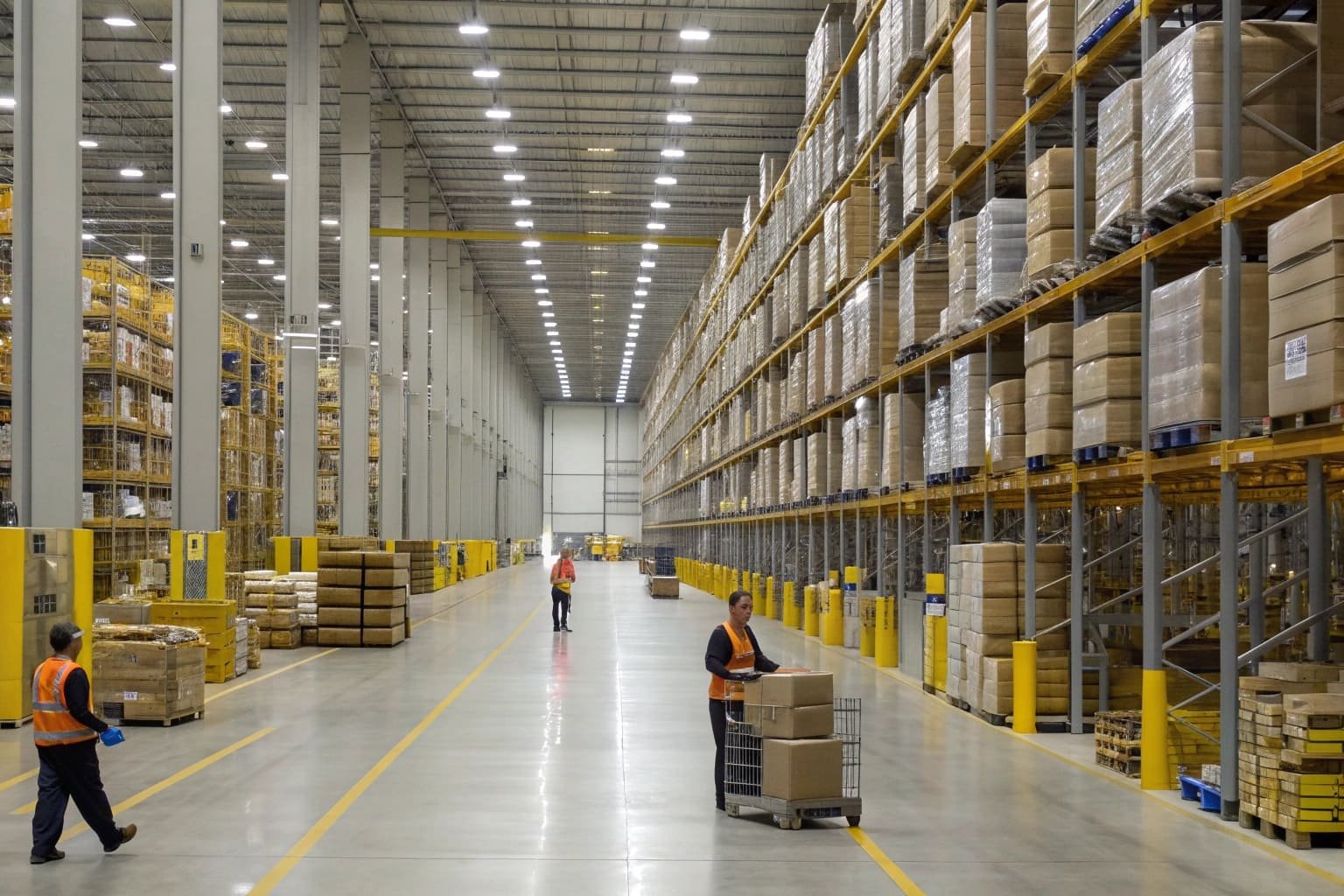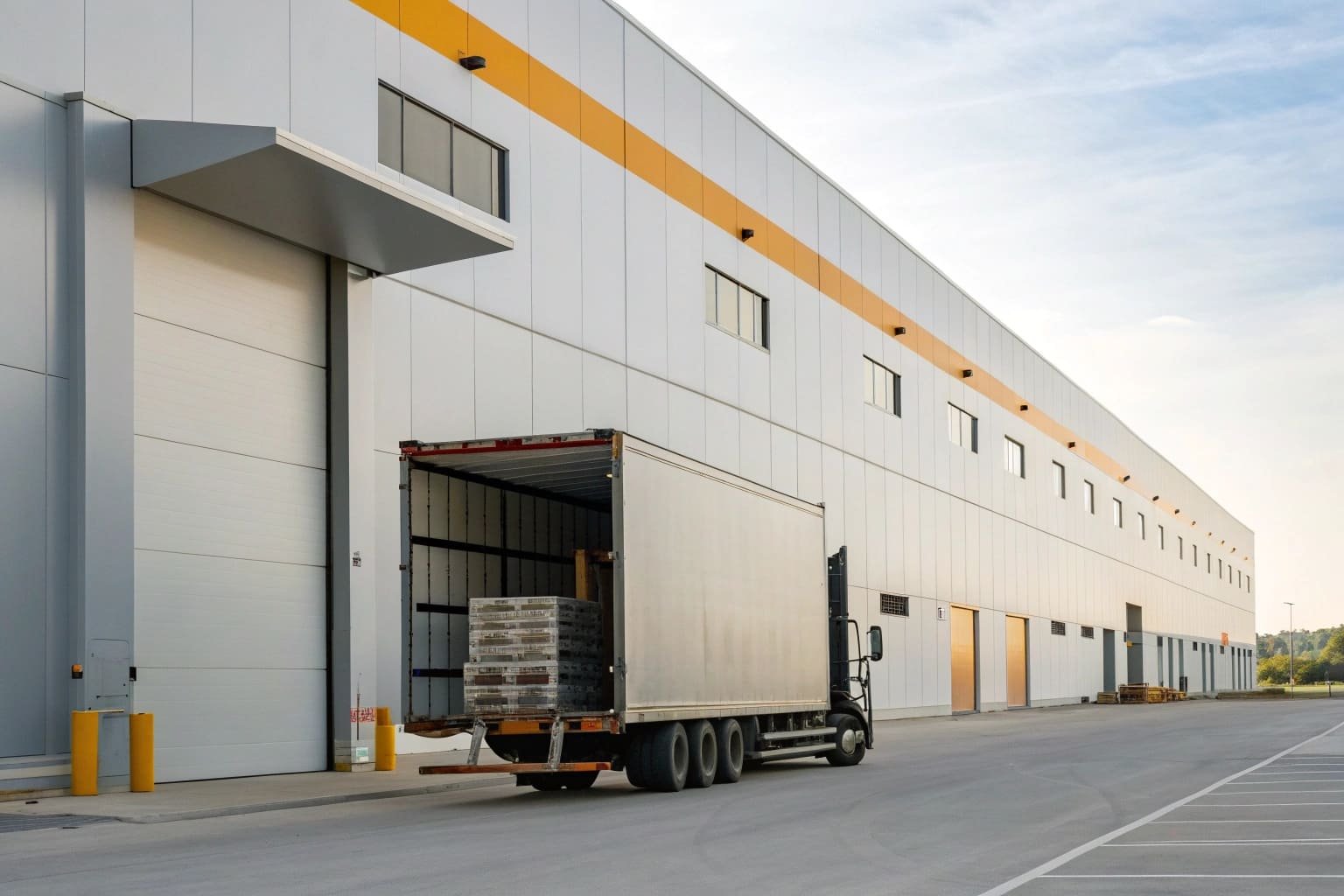In the intricate world of international shipping, importers and exporters encounter a myriad of costs that contribute to the overall expense of moving goods from one part of the world to another. Among these expenses, one of the more significant and often misunderstood is the Terminal Handling Charge (THC). Terminal Handling Charges are the fees levied by port terminals for a variety of services, including the storage, movement, and loading of containers onto vessels or their unloading upon arrival at a destination.
For businesses involved in global trade, understanding THC is critical, as it directly impacts the overall cost of transportation. Whether you are shipping goods through major ports in the United States, Europe, Asia, or other parts of the world, THC forms a crucial part of the logistics chain. Mismanagement or underestimation of these charges can lead to unexpected costs, reducing the profitability of the shipping operation.
This article provides a comprehensive exploration of Terminal Handling Charges, explaining what they entail, why they are applied, how they differ by region, and who is responsible for paying them. In addition, we will offer practical strategies to help importers and exporters better manage and potentially reduce these charges, ensuring a more cost-efficient shipping process.
What is Terminal Handling Charge (THC) in Shipping?
At its core, Terminal Handling Charges (THC) are fees imposed by port terminals to cover the costs associated with handling containers, including the storage, movement, and positioning of containers before loading onto a vessel or unloading at a destination port. THC represents a critical element of the overall shipping cost structure and can vary significantly depending on the specific port, region, and nature of the cargo being handled.
The services covered by THC typically include:
- Unloading containers from trucks, rail, or other means of transportation upon arrival at the terminal.
- Temporary storage of containers in designated terminal areas before they are loaded onto a ship or distributed to their final destination.
- Positioning containers for loading onto vessels, including crane operations and other heavy machinery usage.
The amount charged for THC can vary greatly between ports and regions. For example, highly trafficked ports with advanced technology and infrastructure, such as those in Los Angeles, Shanghai, or Rotterdam, may charge higher THC due to the complexity of their operations. Conversely, smaller ports or those in developing regions may offer lower THC due to reduced infrastructure demands and lower labor costs. However, this can also come at the cost of slower processing times and less efficient operations.
For businesses shipping internationally, understanding the nuances of THC is crucial, as it forms a significant part of the total logistics cost. These charges are applied to both full container loads (FCL) and less-than-container loads (LCL), meaning they impact businesses regardless of the size of the shipment. Failure to account for THC properly in budgeting and planning can lead to unpleasant surprises and increased costs.
How are Terminal Handling Charges Calculated?
The calculation of Terminal Handling Charges is not a one-size-fits-all approach. Several factors contribute to how much a business will pay in THC, including the nature of the goods being shipped, the size of the containers, the port in question, and the specific services required. Below are the primary factors that influence THC:
1. Type of Cargo
Different types of cargo require different levels of care and handling, which directly impacts the THC. For example, hazardous materials may require specialized equipment and handling procedures to ensure safety, which can increase THC. Similarly, refrigerated goods (commonly referred to as reefer containers) require electricity and other resources to maintain the proper temperature during storage, leading to higher costs.
In contrast, standard goods that do not require specialized handling will generally incur lower THC. Therefore, understanding the nature of the cargo and its requirements is essential for estimating THC accurately.
2. Container Size
The size of the container being shipped is another key determinant of THC. Most international shipments use either 20-foot or 40-foot containers, and the THC associated with these containers will differ. As a general rule, the larger the container, the higher the THC, since larger containers require more resources in terms of storage space and handling equipment.
For example, a 40-foot container typically incurs higher THC than a 20-foot container, as it occupies more space in the terminal and requires more substantial equipment to lift and move. Additionally, oversized or out-of-gauge cargo, which cannot fit into standard containers, may require custom handling solutions, further increasing THC.
3. Terminal Equipment
The specific equipment used to handle containers at the terminal also plays a role in THC calculations. Larger ports with more sophisticated infrastructure may utilize advanced cranes, forklifts, and other heavy machinery to move and store containers. The use of such equipment is typically reflected in the THC, with higher costs being passed on to the shipper for the use of modern and efficient equipment.
Conversely, smaller or less technologically advanced ports may rely on more manual processes, resulting in lower THC but potentially slower handling times. For businesses shipping time-sensitive goods, it’s important to weigh the benefits of paying higher THC for faster service against the potential cost savings of using a less advanced port with lower fees.
4. Port Location and Infrastructure
The geographic location and infrastructure of a port can significantly influence THC. Ports in highly industrialized regions, such as Western Europe, North America, and East Asia, tend to have higher operational costs due to more expensive labor, higher real estate prices, and stricter regulatory environments. As a result, the THC at these ports is generally higher than at ports in less industrialized or developing regions.
For example, shipping through major ports like Rotterdam, Antwerp, or Singapore may result in higher THC compared to smaller regional ports in countries with lower labor costs. However, the advanced infrastructure and technology available at these larger ports often mean faster processing times, better security, and more efficient handling of large volumes of goods.
5. Shipping Line Contracts
The relationship between shipping lines and terminal operators can also influence the THC rates passed on to businesses. Large shipping lines, such as Maersk, MSC, or CMA CGM, often negotiate long-term contracts with terminal operators, securing bulk discounts or preferential rates for handling their containers. These discounts can sometimes be passed on to the shipper, depending on the nature of the agreement between the shipper and the shipping line.
For smaller businesses or those shipping smaller volumes, it may be challenging to secure such discounts directly. However, working with a large shipping line or freight forwarder can help lower the overall THC cost by leveraging the economies of scale that larger companies enjoy.
Who Pays Terminal Handling Charges: Buyer or Seller?
One of the most common questions asked by businesses new to international shipping is, "Who is responsible for paying Terminal Handling Charges?" The answer depends largely on the terms of the shipping agreement between the buyer and seller, specifically the Incoterms (International Commercial Terms) used in the contract. Incoterms are internationally recognized trade terms that define the responsibilities of buyers and sellers in terms of shipping, including who is responsible for paying THC and other related costs.
Let’s explore some of the most common Incoterms and how they relate to THC:
1. Free On Board (FOB)
Under FOB (Free On Board) terms, the seller is responsible for delivering the goods to the port of shipment and ensuring that they are loaded onto the vessel. This means that the seller is typically responsible for paying THC at the port of origin, covering all costs associated with handling the container until it is safely on board the ship.
Once the goods are loaded onto the vessel, the buyer takes responsibility for the shipment. This includes paying any THC at the destination port, along with any additional costs for inland transportation, customs clearance, and final delivery.
2. Cost, Insurance, and Freight (CIF)
In a CIF (Cost, Insurance, and Freight) contract, the seller is responsible for delivering the goods to the destination port and covering the cost of THC at the port of origin. Additionally, the seller pays for insurance and freight to ensure that the goods arrive safely at the buyer’s destination. However, once the goods arrive at the destination port, the buyer takes responsibility for paying THC at the destination.
CIF terms are commonly used in international trade when the seller wants to offer the buyer a "one-stop-shop" for shipping services, covering all costs up to the arrival of the goods at the destination port. It simplifies the process for buyers, especially those less familiar with international logistics, by including insurance and freight in the overall contract.
3. Delivered Duty Paid (DDP)
Under DDP (Delivered Duty Paid) terms, the seller assumes full responsibility for the shipment from start to finish, including paying THC at both the origin and destination ports. In addition, the seller covers all other costs associated with shipping, including customs duties, taxes, and final delivery to the buyer’s location.
DDP terms are often preferred by buyers who want to avoid the complexities of dealing with international shipping costs and customs procedures. By agreeing to DDP, the seller provides the buyer with a more straightforward transaction, eliminating the need for the buyer to navigate international logistics. However, sellers who agree to DDP terms must carefully consider the additional costs and risks they are taking on, especially when shipping to unfamiliar or challenging destinations.
4. Ex Works (EXW)
In contrast to DDP, EXW (Ex Works) places the bulk of the responsibility on the buyer. Under EXW terms, the seller is only responsible for making the goods available at their premises (or another named place). The buyer assumes full responsibility for all costs associated with shipping, including THC at both the origin and destination ports.
EXW is often used when the buyer has more experience in managing international logistics or wants to have greater control over the shipping process. It also reduces the seller’s risk and responsibility, as the seller is only obligated to ensure that the goods are available for pick-up.
Terminal Handling Charges in the USA vs International
While Terminal Handling Charges are a standard component of shipping costs worldwide, the rates and services included in these charges can vary significantly between regions. Understanding these regional differences is critical for businesses operating in multiple markets, as it allows them to better anticipate and budget for THC.
THC in the USA
The United States has some of the most advanced and heavily trafficked ports in the world, particularly on the West Coast and East Coast. Major ports such as Los Angeles, Long Beach, and New York/New Jersey handle millions of containers annually, making them crucial hubs for global trade.
THC in the USA is often higher than in many other parts of the world due to the country’s high labor costs, advanced infrastructure, and strict regulatory environment. For example, the Port of Los Angeles, one of the busiest ports globally, charges higher THC to account for the extensive infrastructure, equipment, and labor costs required to handle large volumes of goods efficiently.
In the USA, THC typically includes services such as:
- Movement of containers within the terminal, from arrival to storage, and ultimately to the ship or out for delivery.
- Crane charges for lifting containers on and off ships, a key component of port operations.
- Storage fees for holding containers temporarily before loading or after unloading, particularly for containers that remain at the terminal longer than expected.
Due to the country’s complex logistics network and higher labor costs, THC in the USA can be more expensive compared to smaller or developing ports in other regions. However, U.S. ports often offer faster and more efficient handling times, which can be an advantage for businesses shipping time-sensitive goods.
THC in International Ports
Outside the USA, THC rates vary significantly depending on the region and the specific port in question. Asia is home to some of the largest and busiest ports in the world, including Shanghai, Singapore, and Hong Kong. These ports play a central role in global trade, particularly for goods moving between East Asia, North America, and Europe.
Ports in Asia tend to have relatively high THC, especially in major hubs like Singapore and Hong Kong, where the demand for shipping services is high, and advanced infrastructure is in place. For example, the Port of Singapore is known for its efficiency and cutting-edge technology, but these benefits come with higher THC to cover the costs of maintaining such advanced systems.
In contrast, some ports in Southeast Asia and Africa offer lower THC due to cheaper labor and less advanced infrastructure. For example, ports in Vietnam, Indonesia, or Kenya may charge lower THC, but the trade-off may include longer handling times or a less reliable logistics network. Businesses shipping to or from these regions need to weigh the benefits of lower THC against the potential drawbacks of slower service.
THC in European Ports
Europe is home to some of the world’s most important shipping hubs, including Rotterdam, Antwerp, and Hamburg. These ports serve as key gateways for goods moving between Europe and other continents. Due to their strategic importance and high levels of trade, THC at European ports can be relatively high, particularly in large ports like Rotterdam, which is the largest port in Europe.
THC in European ports typically includes charges for container movement, crane services, storage, and customs-related procedures. Additionally, European ports are subject to stringent environmental and security regulations, which can add to the overall cost of THC. For example, ports in the Netherlands and Germany may have higher THC due to the costs associated with complying with strict environmental laws and maintaining high security standards.
What is the Impact of THC on Shipping Costs?
Terminal Handling Charges are a significant component of total shipping costs and can have a major impact on the overall profitability of import/export operations. Understanding how THC affects the bottom line is essential for businesses involved in international trade, as it allows for more accurate budgeting and cost management.
Here’s how THC can impact shipping costs:
1. Increased Overall Freight Costs
Since THC is an unavoidable cost for all ocean freight, it adds directly to the total shipping bill. For businesses shipping large volumes of goods, especially across long distances, THC can represent a substantial portion of the overall logistics cost. If not accounted for during contract negotiations, these charges can come as a surprise to businesses, especially when shipping to or from ports with higher THC rates.
To avoid unexpected costs, businesses should ensure that THC is factored into their overall shipping budget. This is particularly important when shipping to ports in regions with high labor costs or advanced infrastructure, where THC can be significantly higher than in other areas.
2. Differences in Charges Based on Container Size and Cargo Type
As mentioned earlier, the size of the container and the type of cargo being shipped can have a direct impact on THC. Larger containers (such as 40-foot containers) incur higher THC than smaller containers (such as 20-foot containers), as they take up more space in the terminal and require more resources to handle.
Similarly, cargo that requires special handling, such as hazardous materials or refrigerated goods, will typically incur higher THC due to the additional equipment and labor required to manage these shipments safely. Businesses shipping these types of goods need to be aware of the potential for increased THC and plan accordingly.
3. Costs at Both Origin and Destination Ports
Importers and exporters should remember that THC is charged at both the origin and destination ports. Depending on the terms of the shipping contract (e.g., FOB or CIF), these costs can either be split between the buyer and seller or be the responsibility of just one party.
For businesses shipping goods internationally, it’s important to understand the THC rates at both the origin and destination ports. This allows for more accurate cost planning and helps avoid surprises when the goods arrive at their final destination.
4. Indirect Costs from Delays
In some cases, THC may also cover costs related to port delays, such as long wait times for loading or unloading. Ports with high congestion or inefficiency may result in longer dwell times, which can increase the total amount paid for THC. For example, a delayed container sitting in a port’s storage area may incur additional THC charges for the extra time spent on terminal grounds.
Businesses shipping to or from congested ports should be aware of the potential for delays and plan accordingly. In some cases, it may be worth paying higher THC at a less congested port to avoid the risk of costly delays.
How to Reduce Terminal Handling Charges for Exporters
Given the significant impact that Terminal Handling Charges can have on the overall cost of shipping, businesses are often looking for ways to reduce these costs. While some THC charges are unavoidable, there are several strategies that exporters can use to lower their overall shipping expenses:
1. Consolidating Shipments
For exporters sending smaller consignments, consolidating shipments into a single container can help reduce THC. By combining several smaller shipments into one full container load (FCL), businesses can reduce the per-unit THC cost compared to sending multiple less-than-container loads (LCL). This can be especially effective when shipping to ports with high THC rates.
For example, instead of shipping three separate LCL shipments, businesses may choose to consolidate these shipments into one FCL container. By doing so, they can reduce the number of containers being handled at the terminal, thereby lowering the total THC paid at both the origin and destination ports.
2. Negotiating with Shipping Lines
Shipping lines often have established relationships with terminal operators, and they may be able to offer lower THC rates to clients with long-term or bulk shipping agreements. Exporters can negotiate directly with their shipping line to secure better terms on THC, particularly if they are committing to a high volume of shipments.
In some cases, shipping lines may offer discounted THC rates as part of a broader service package. For businesses shipping regularly or in large volumes, it’s worth exploring these options to secure more favorable terms.
3. Choosing Ports with Lower THC
In some cases, exporters can reduce THC by selecting alternative ports with lower fees. For example, instead of using a major hub like the Port of Long Beach, an exporter may choose a smaller port with lower THC rates if it is feasible for their shipping route. However, this decision should also account for any potential delays or additional transportation costs associated with using a smaller or less busy port.
When choosing between ports, businesses should carefully evaluate the total cost of shipping, including THC, transportation costs, and potential delays. In some cases, paying higher THC at a major port may be worth it for faster handling times and more efficient service.
4. Optimizing Container Usage
Exporters can reduce THC by optimizing the use of their containers. This can involve packing containers more efficiently to avoid wasted space, ensuring that each container is fully utilized to minimize the number of containers needed. By reducing the number of containers used for a shipment, exporters can lower the total THC paid at both the origin and destination ports.
For example, if a business can fit more goods into fewer containers by optimizing its packing process, it can significantly reduce the total THC paid for the shipment. This strategy is particularly effective for businesses shipping large volumes of goods or those with flexible packing requirements.
5. Partnering with Freight Forwarders
Freight forwarders are often well-versed in managing THC and other shipping costs. By partnering with an experienced freight forwarder, exporters can benefit from their knowledge and ability to navigate terminal charges. Freight forwarders may also have access to better rates through their relationships with shipping lines and terminal operators, further reducing the exporter’s costs.
For businesses that are new to international shipping or those without in-house logistics expertise, working with a freight forwarder can help ensure that THC and other costs are managed efficiently.
What are Destination Terminal Handling Charges (DTHC)?
In addition to the Terminal Handling Charges (THC) at the port of origin, businesses must also account for Destination Terminal Handling Charges (DTHC) at the destination port. DTHC refers to the fees charged for handling containers once they arrive at the destination port, covering services such as unloading, customs clearance, and storage.
Just like THC, DTHC can vary widely depending on the region and the specific port. Ports with high volumes of traffic and advanced infrastructure tend to have higher DTHC, while smaller or less congested ports may offer lower fees.
How Terminal Handling Charges Differ in CIF and FOB Contracts
When negotiating international trade contracts, understanding the implications of Cost, Insurance, and Freight (CIF) and Free On Board (FOB) terms is critical, as these terms determine who is responsible for paying THC at various stages of the shipping process.
THC Under CIF (Cost, Insurance, and Freight)
In a CIF contract, the seller is responsible for the costs associated with getting the goods to the buyer's designated port, which includes the THC at the port of origin. The buyer, on the other hand, is responsible for the THC at the destination port. This means the seller covers THC until the goods are loaded onto the vessel, while the buyer assumes responsibility once the goods arrive at the destination port.
CIF contracts are often preferred by buyers who want to minimize their upfront costs and shift the burden of logistics management to the seller.
THC Under FOB (Free On Board)
In FOB contracts, the seller’s responsibility ends once the goods are loaded onto the vessel at the port of origin. This means the seller is responsible for paying THC at the origin port, while the buyer is responsible for THC at the destination port. FOB contracts are common in situations where the buyer has more control over the shipping process or prefers to negotiate their own transportation arrangements.
Both CIF and FOB terms can impact how THC is calculated and who is liable for the charges. Businesses need to carefully consider these contract terms when planning shipments to ensure clarity and avoid unexpected costs.
Conclusion
Terminal Handling Charges (THC) are a crucial aspect of international shipping that every importer and exporter must understand. Whether it’s ensuring containers are loaded onto a vessel or managing their movement within a terminal, THC represents a significant portion of the overall logistics cost. By being aware of how these charges are calculated and who is responsible for paying them, businesses can avoid unexpected fees and better manage their shipping expenses.
Key takeaways for importers and exporters:
- THC covers a range of services, including storage, container movement, and documentation.
- THC is charged at both the port of origin and destination, with varying responsibilities depending on contract terms (e.g., CIF or FOB).
- Costs can be managed by consolidating shipments, negotiating with shipping lines, and choosing the right ports.
- Awareness of Destination Terminal Handling Charges (DTHC) is essential for calculating total landed costs and ensuring competitive pricing.
For companies seeking a reliable logistics partner to handle THC and other shipping costs efficiently, we highly recommend MBMLog. With extensive industry experience, MBMLog can streamline your shipping operations, minimize fees, and ensure smooth international trade.






